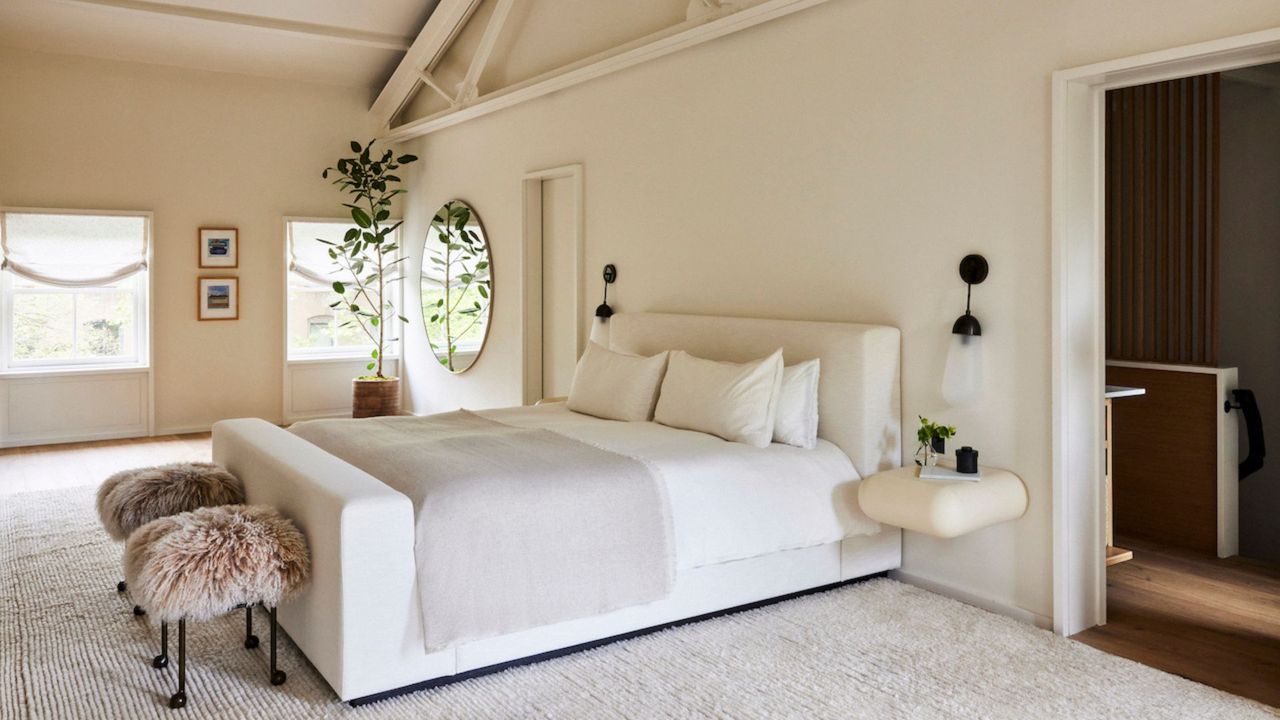
If you're in your wellness era, then you're probably exploring the many ways to get a good night's rest. And if so, you're probably familiar with the concept of sleep hygiene.
But what is sleep hygiene, really? And why is it so important? Well, I've spoken to some experts who tell me that adopting a healthy rest routine is the key to learning how to sleep better.
So, let's explore the steps to mastering sleep hygiene so you can embrace wellness with a well-rested mind and body.
What Is Sleep Hygiene?
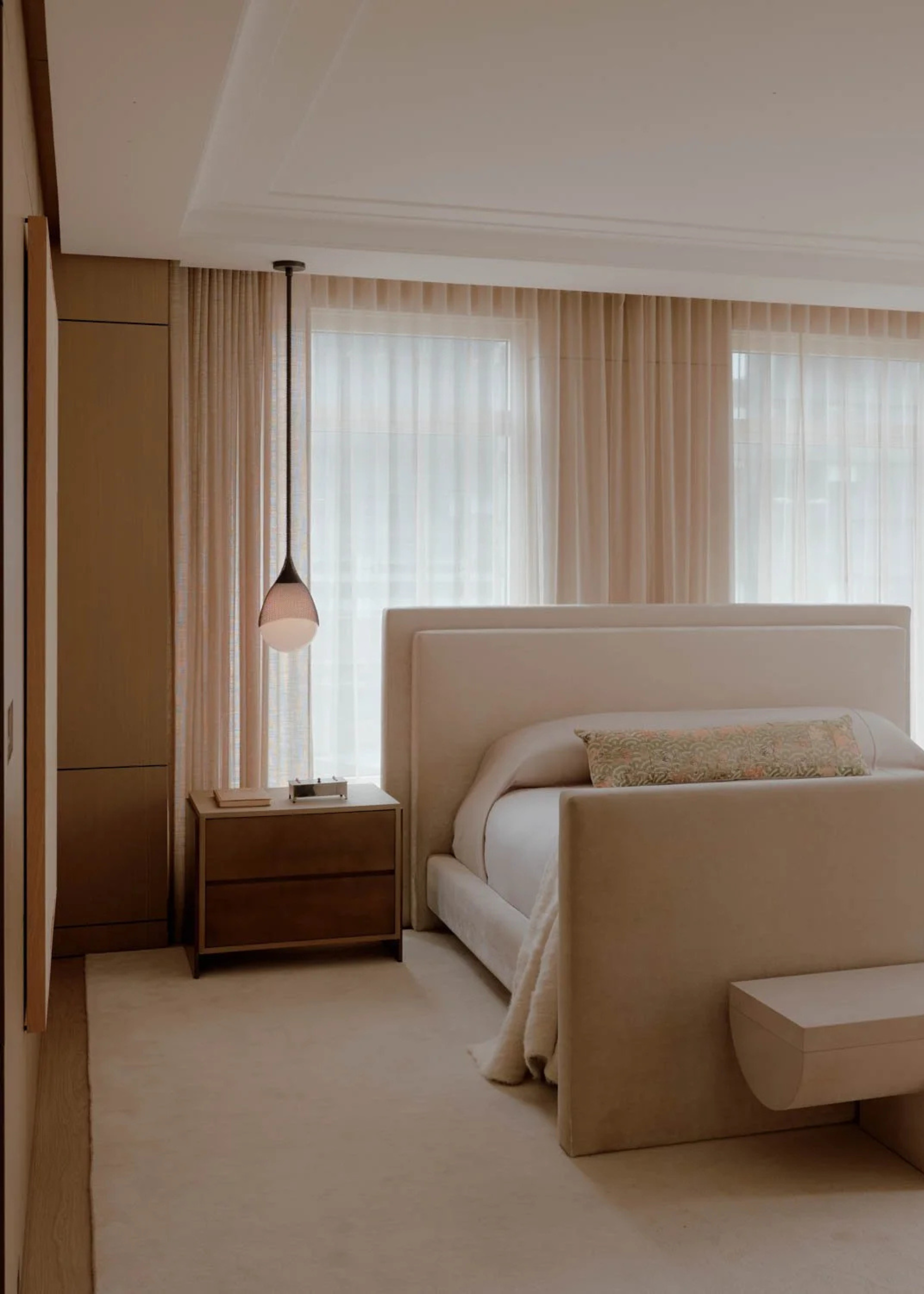
"Sleep hygiene is a set of practices or habits that are recommended to ensure restful, good-quality sleep," says Caitlin Shure, a sleep expert at NextSense. "In a lot of ways, intentional sleep hygiene is a way of counteracting forces that may detach our body from its natural sleep rhythms."
Dr Lindsay Browning, a sleep ambassador at And So To Bed, also tells me that sleep hygiene refers to actions that are likely to improve and support healthy sleep. "The concept of sleep hygiene comes from psychology," she says. "And it's a component of cognitive behavioural therapy for insomnia (CBT-I)."
So, before you get to the point of relying on things to aid sleep, perhaps a couple of amendments to your rest routine should come first.
Why Is Sleep Hygiene Important?
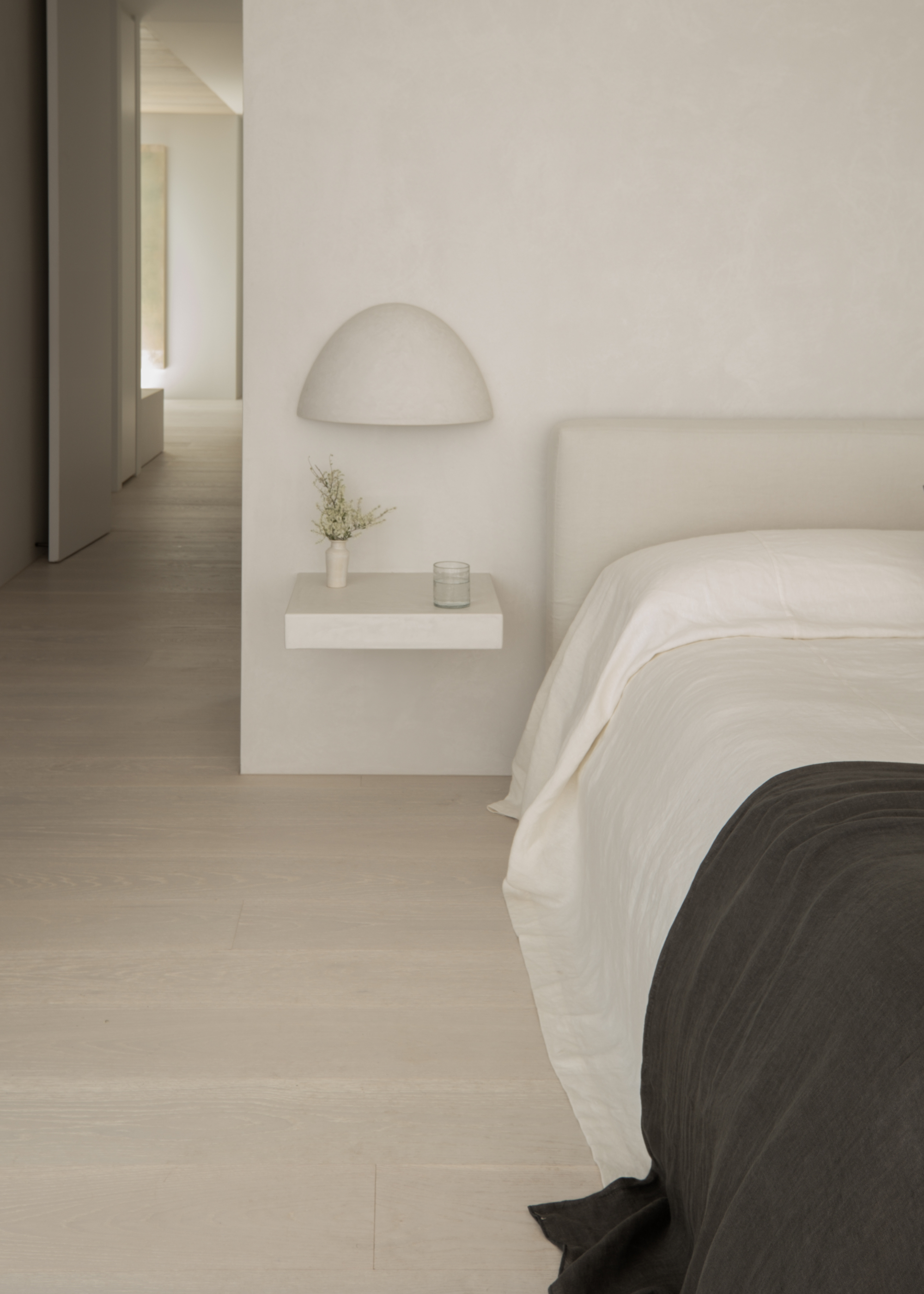
According to Caitlin, good sleep hygiene creates the conditions for consistent, restorative rest. "While no one’s sleep is perfect, and it’s normal to have periods of shortened rest when life gets in the way, establishing supportive sleep practices gives you a fighting chance," she notes.
"It’s about setting the stage for your best possible sleep, even in the midst of life’s unpredictability. This, in turn, helps you reap all the well-established benefits of healthy sleep, including improved energy and focus, better mood, and long-term physical and mental health."
Designing a comfortable bedroom can help, but it isn't a full-fledged solution to unsatisfying slumber. On that note, let's get into some habits to adopt for proper sleep hygiene.
1. Maintain a Consistent Sleep and Wake Schedule
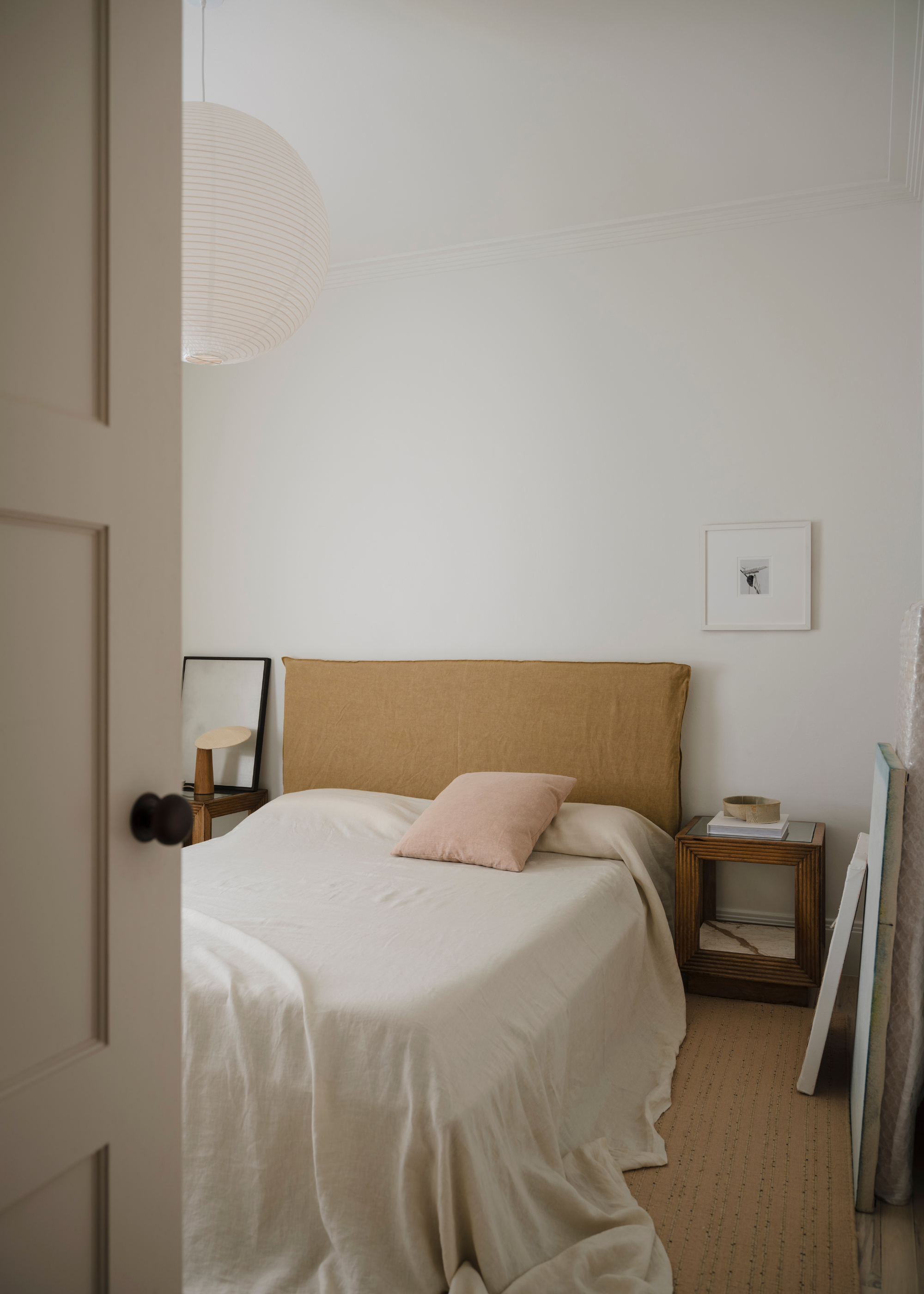
Lindsay tells me that the first step to mastering sleep hygiene is to cultivate a consistent rest routine by making a habit of tucking yourself in and stepping out from under your cozy bedding on schedule.
"Going to bed at a similar time each night and aiming to wake up at a similar time each morning helps to support your circadian rhythm," she says. "And this makes it easier to fall asleep and wake up feeling refreshed."
2. Embrace a Pre-Sleep Wind-Down
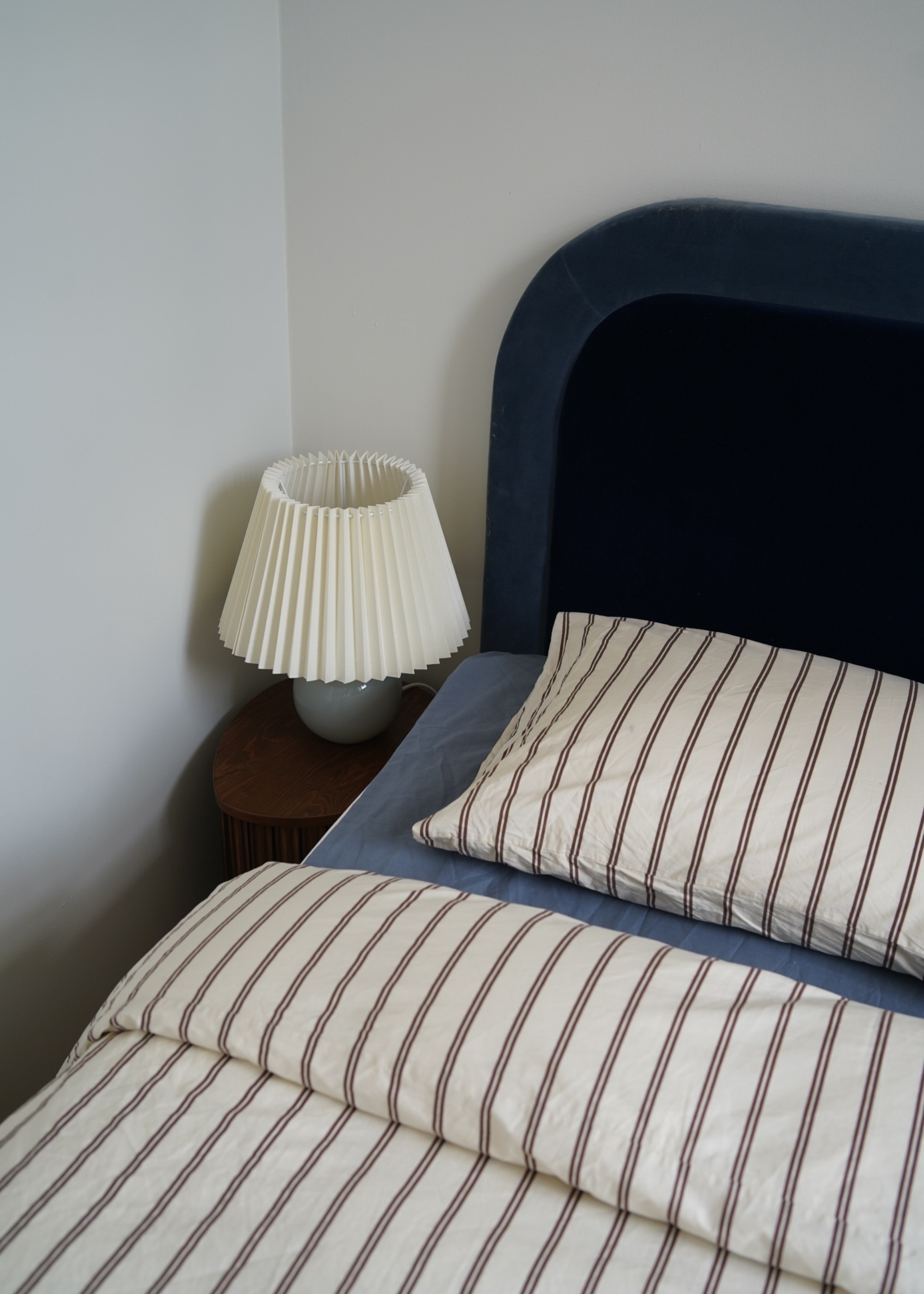
Lindsay explains that trying to sleep immediately after doing something stressful or overstimulating can mean that your mind is too active to fall asleep. "Instead, I recommend spending approximately 30 minutes before bed doing something calming and relaxing," she says.
"This can include night routine habits such as reading a good book, enjoying a hot shower before bed, or even doing some gentle stretching, as these simple habits will help soothe you before sleep."
3. Avoid Caffeine and Alcohol Close to Bedtime
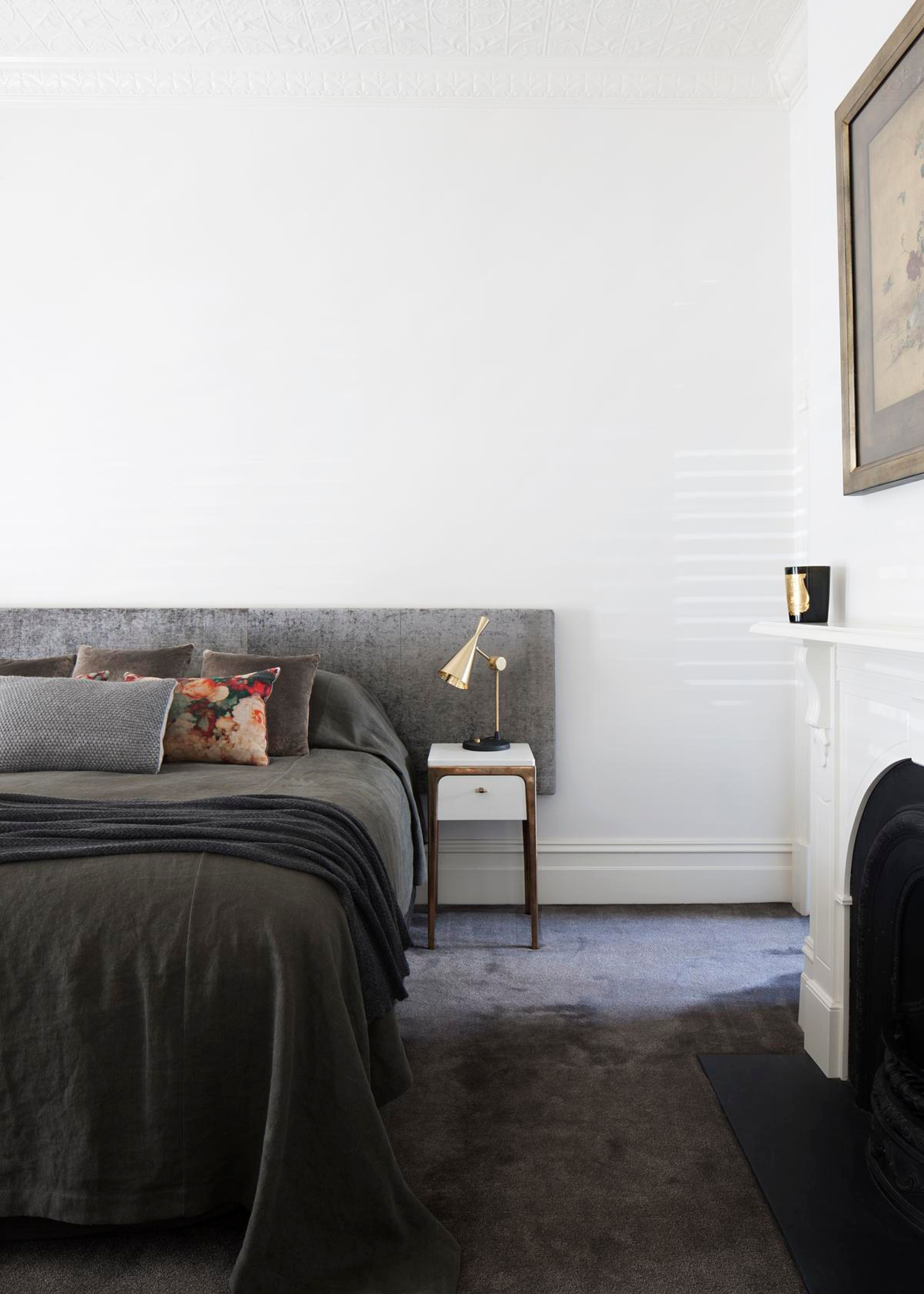
"Caffeine is a stimulant and can make falling asleep more difficult, even hours after the last drink," says Lindsay. "Therefore, I recommend avoiding caffeine in the six hours before bed."
Although she explains that alcohol can make people fall asleep more quickly, it causes fragmented, poor-quality sleep in the latter part of the night. The 10-3-2-1-0 sleep rule also stands by this pre-rest habit for deeper slumber.
4. Only Use Your Bed for Sleep
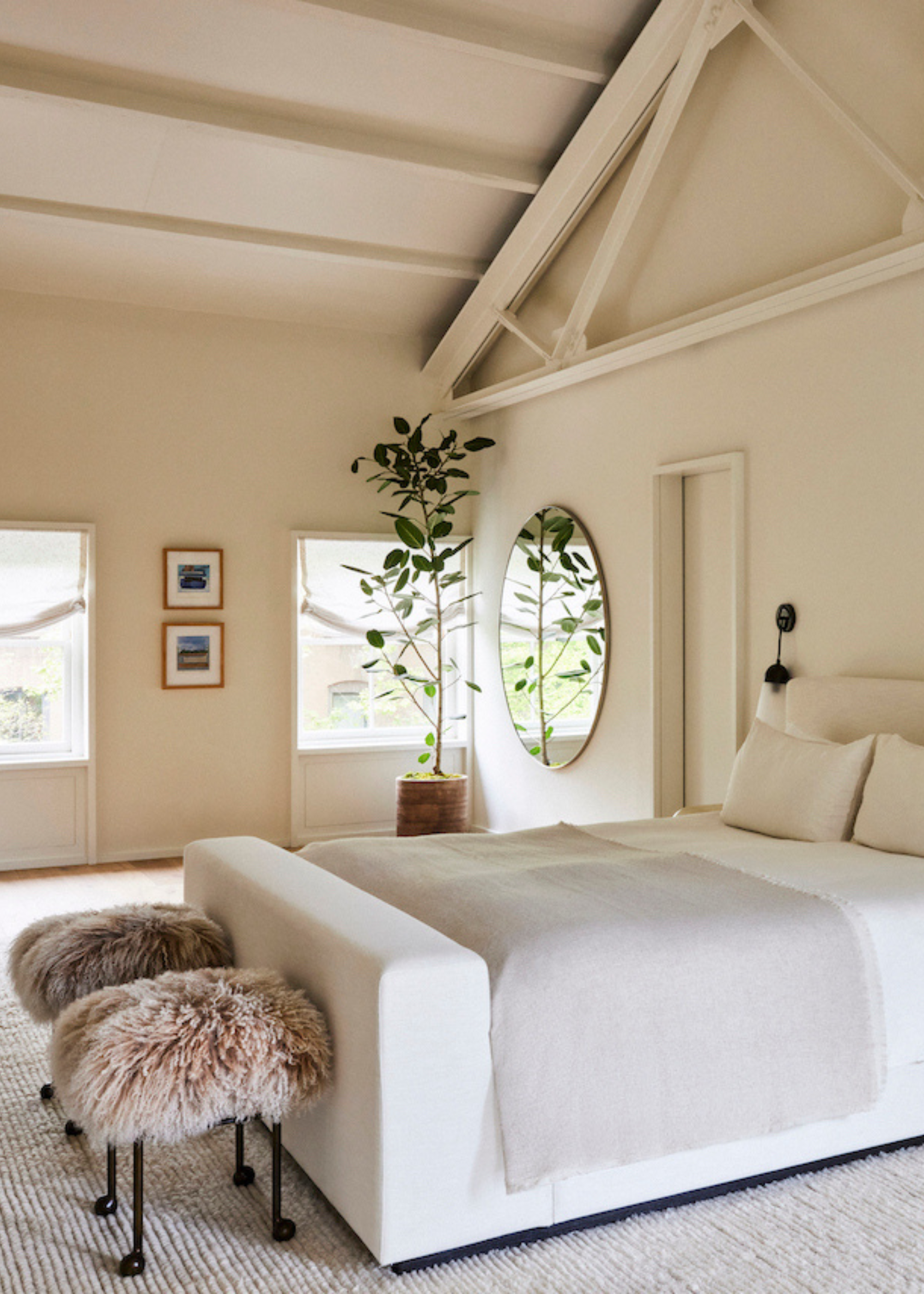
Especially since working from home has become a common contemporary practice across many industries, it's not uncommon for modern bedrooms to take on multiple roles besides just being a space for rest.
"Using your bed to do work in or to watch TV means that your brain can start to associate the bed with wakefulness," she notes. "By keeping the bed as a place for just sleep, your brain maintains a strong link between your bed and rest, making it easier to fall asleep when you want to."
5. Design a Dark, Cool, and Quiet Bedroom
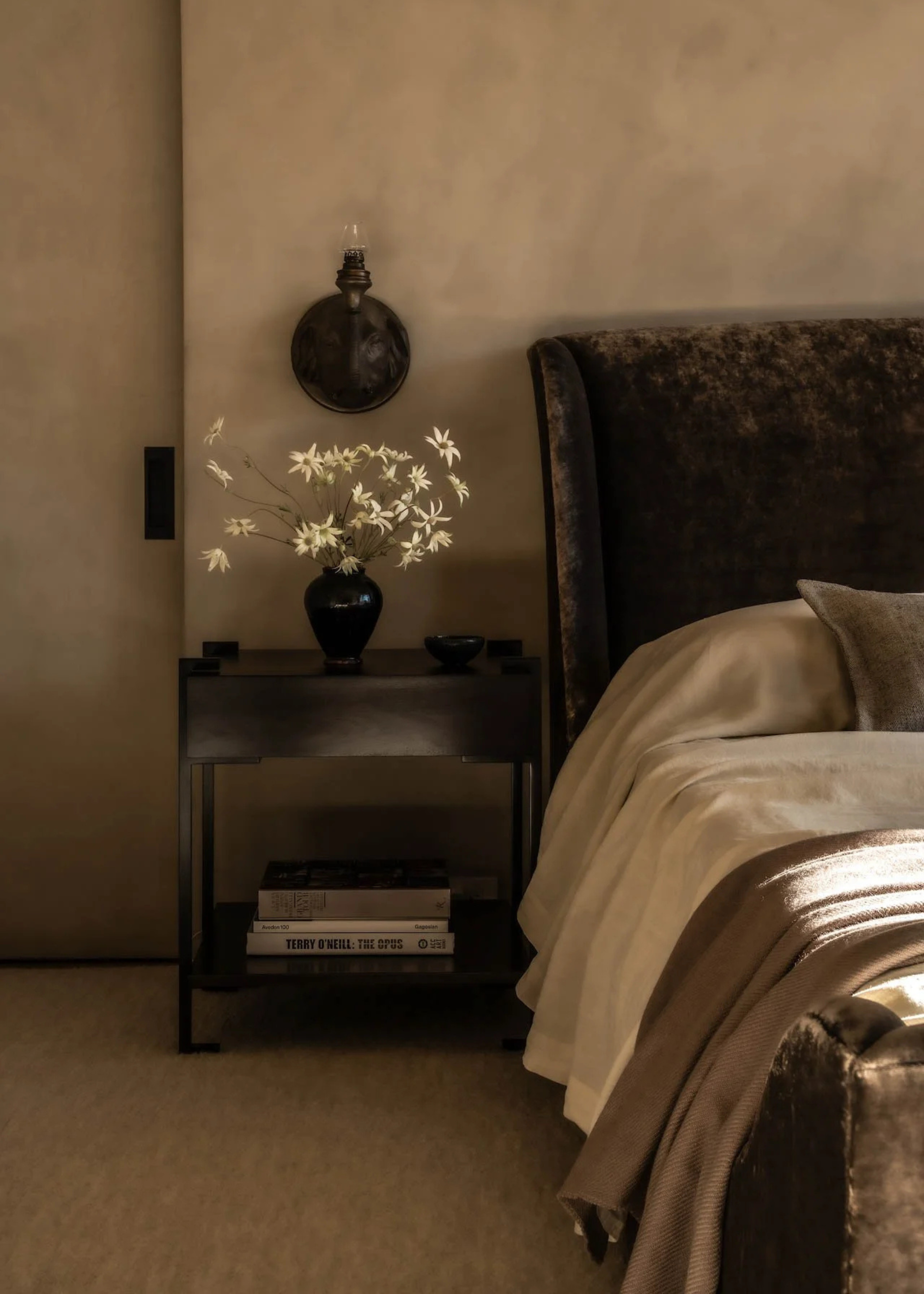
Lindsay tells me that we sleep better when our bedroom is dark and quiet, because light and noise can make falling and staying asleep more difficult. Therefore, she recommends accessorizing with thick bedroom curtains and good-quality double glazing to block noise out, too.
"Also, an ideal bedroom temperature is 16°C to 19°C, which is cooler than many people’s bedrooms," she advises. "This is because, as we fall asleep, our core body temperature drops by around one degree, and if the room is too warm, we can struggle to fall asleep."
Color: Light Dusty Blue
This Soft Muslin King Duvet Cover Set from H&M is soft and is inked in one of the best bedding colors for sleep.
Color: Sage
Out of all the different styles of curtains, blackout treatments like these Rotterdam Herringbone Pencil Pleat Curtains from Dunelm are a great choice.
Color: Orange
I do my best to use more mellow light shades around my home post sunset, and this VARMBLIXT lamp from IKEA looks stunning while transitioning your space from day to night.
Following Livingetc's Style Awards 2025, there are plenty of sleep winners to take inspiration from to design the perfect bedroom for healthy, hygienic slumber. So you can ensure that your sleeping space is well-dressed and rest-friendly.







